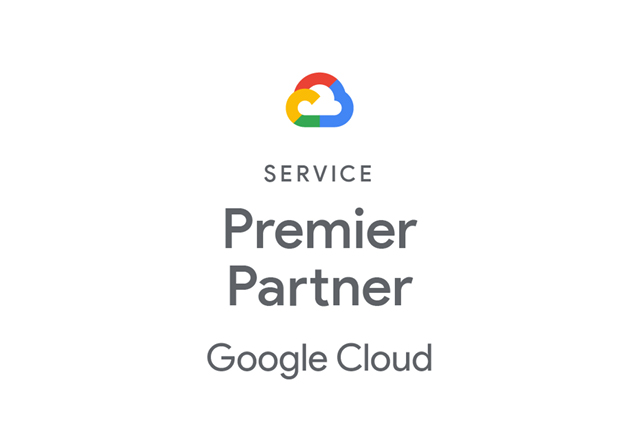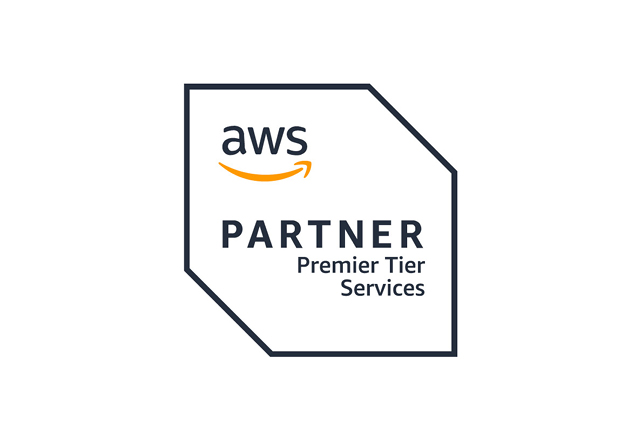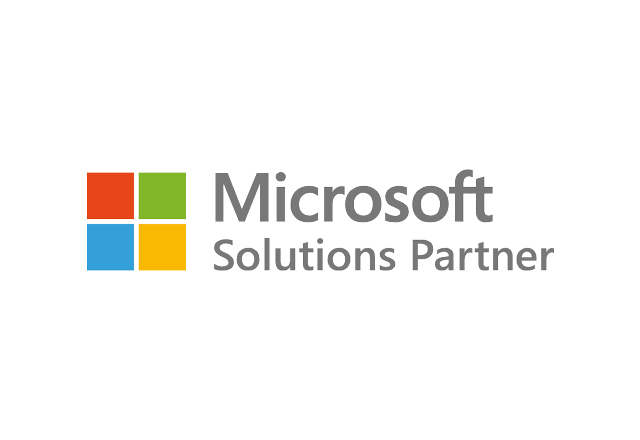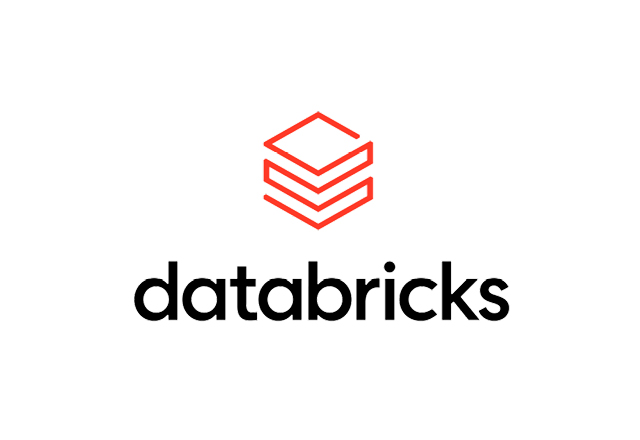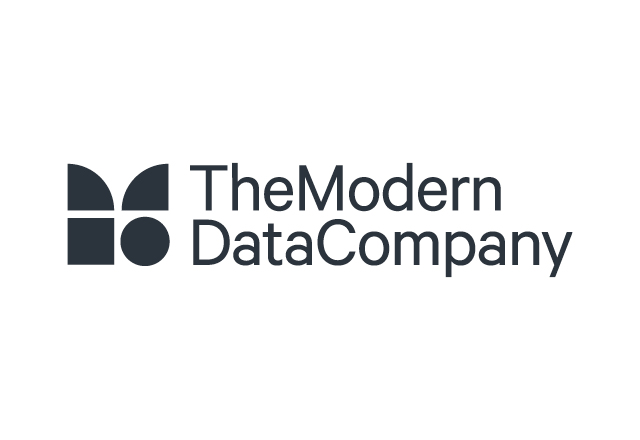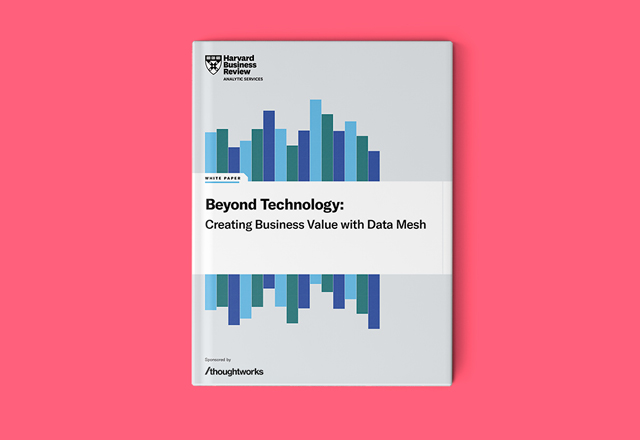

10 recomendações para uma implementação bem-sucedida do Data Mesh
Desde que foi pioneira no framework, a Thoughtworks tem fornecido a maioria das implementações de Data Mesh na indústria. Descubra o que aprendemos, como superar desafios comuns e nossas recomendações para garantir o sucesso do Data Mesh.
Quatro princípios do Data Mesh
Traga seus dados para mais perto das equipes que mais precisam e conheça-os melhor.
Aplique princípios de desenvolvimento e design de produtos para criar soluções de dados utilizáveis e de alta qualidade.
Remova o atrito e a complexidade tecnológica da interação entre pessoas produtoras de dados e consumidoras.
Automatize as políticas de governança de dados, sem a necessidade de uma autoridade centralizada.


Descubra os benefícios
Tome decisões mais informadas rapidamente
Capacite as equipes de domínio a operacionalizar e agir com base em dados mais rapidamente, acelerando a tomada de decisões orientada por dados para uma vantagem competitiva relevante.
Crie uma cultura de inovação orientada por dados
Coloque as consumidoras de dados no controle, liberando-as para experimentar e explorar ideias orientadas por dados que levam a uma inovação duradoura e significativa.
Apoie iniciativas de inteligência artificial e machine learning
Permita que as equipes criem produtos de dados especificamente para IA e ML, tornando recursos avançados acessíveis a mais domínios do que nunca.


















